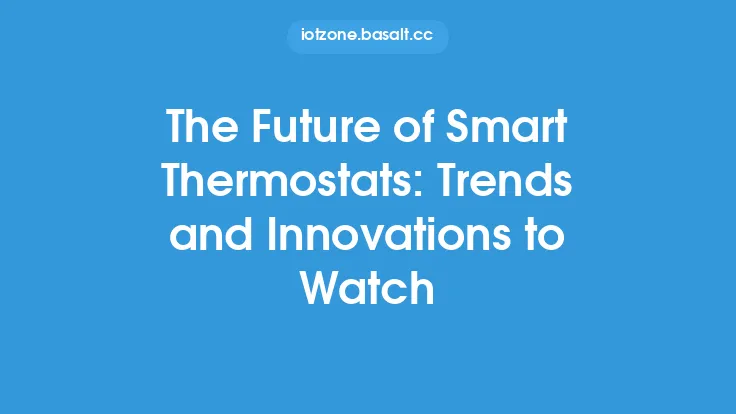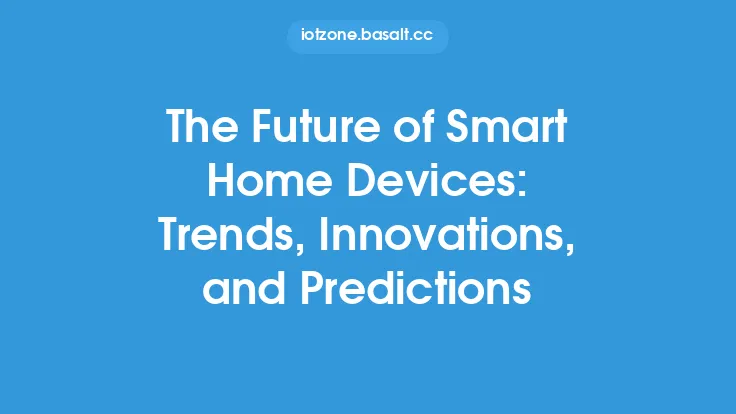The world of augmented reality (AR) wearables is rapidly evolving, with new trends and innovations emerging every year. As technology advances, we can expect to see more sophisticated and user-friendly AR wearables that will change the way we interact with the world around us. In this article, we will explore the current state of AR wearables, the latest trends and innovations, and what we can expect from the future of this exciting technology.
Current State of AR Wearables
AR wearables are devices that overlay digital information onto the real world, using a combination of cameras, sensors, and display technologies. The most common types of AR wearables are smart glasses, head-mounted displays (HMDs), and smart contact lenses. These devices use various technologies such as optical see-through, video see-through, and augmented reality displays to provide an immersive and interactive experience. Currently, AR wearables are being used in various industries such as gaming, education, healthcare, and enterprise, with applications ranging from virtual try-on and remote training to medical visualization and industrial maintenance.
Trends in AR Wearables
Several trends are shaping the future of AR wearables, including the development of more advanced display technologies, improved computer vision and machine learning algorithms, and the integration of AR with other technologies such as artificial intelligence (AI), Internet of Things (IoT), and 5G networks. Another trend is the increasing focus on user experience and design, with companies working to create more stylish, comfortable, and user-friendly AR wearables that can be worn for extended periods. Additionally, there is a growing interest in the development of AR wearables for specific industries and use cases, such as healthcare, education, and industrial applications.
Innovations in AR Wearables
Several innovations are driving the growth of AR wearables, including the development of new display technologies such as micro-LED, OLED, and holographic displays. These displays offer higher resolution, faster refresh rates, and lower latency, providing a more immersive and interactive experience. Another innovation is the use of advanced computer vision and machine learning algorithms, which enable AR wearables to better understand and interpret the environment, track objects and people, and provide more accurate and relevant information. The integration of AR with other technologies such as AI, IoT, and 5G networks is also enabling new applications and use cases, such as remote collaboration, virtual training, and industrial automation.
Technical Advancements
From a technical perspective, AR wearables rely on a range of technologies, including display technologies, computer vision, machine learning, and sensors. The display technologies used in AR wearables include optical see-through, video see-through, and augmented reality displays, which overlay digital information onto the real world. Computer vision and machine learning algorithms are used to track objects and people, recognize patterns, and provide more accurate and relevant information. Sensors such as cameras, GPS, and accelerometers are used to track the user's location, orientation, and movement, and to provide more accurate and relevant information. The integration of these technologies enables AR wearables to provide a more immersive and interactive experience, and to support a wide range of applications and use cases.
Future of AR Wearables
The future of AR wearables is exciting and rapidly evolving, with new trends and innovations emerging every year. As technology advances, we can expect to see more sophisticated and user-friendly AR wearables that will change the way we interact with the world around us. Some potential future developments include the integration of AR with other technologies such as brain-computer interfaces (BCIs), neural networks, and quantum computing, which could enable new applications and use cases such as neural control, predictive maintenance, and quantum simulation. Additionally, the development of more advanced display technologies, such as holographic displays and light field displays, could provide a more immersive and interactive experience, and enable new applications and use cases such as virtual reality and augmented reality gaming.
Challenges and Limitations
Despite the many advances and innovations in AR wearables, there are still several challenges and limitations that need to be addressed. These include the high cost and limited availability of AR wearables, the need for more advanced display technologies and computer vision algorithms, and the potential for eye strain and other health problems associated with prolonged use. Additionally, there are concerns about privacy and security, as AR wearables can potentially collect and transmit sensitive information about the user and their environment. To address these challenges and limitations, companies and researchers are working to develop more affordable and accessible AR wearables, to improve the user experience and design, and to ensure the privacy and security of user data.
Conclusion
In conclusion, the future of AR wearables is exciting and rapidly evolving, with new trends and innovations emerging every year. As technology advances, we can expect to see more sophisticated and user-friendly AR wearables that will change the way we interact with the world around us. While there are still several challenges and limitations that need to be addressed, the potential benefits and applications of AR wearables are vast and varied, and we can expect to see significant growth and adoption in the coming years. Whether you are a developer, a researcher, or simply a user, the world of AR wearables has something to offer, and it will be exciting to see how this technology continues to evolve and shape our world.





